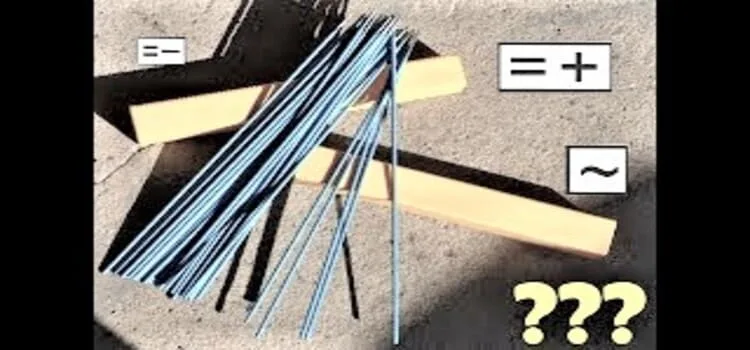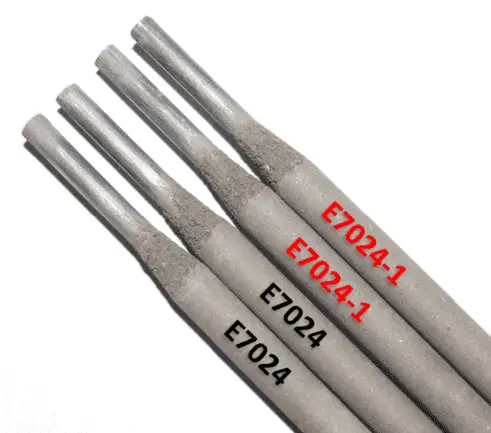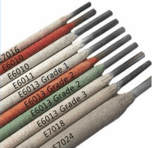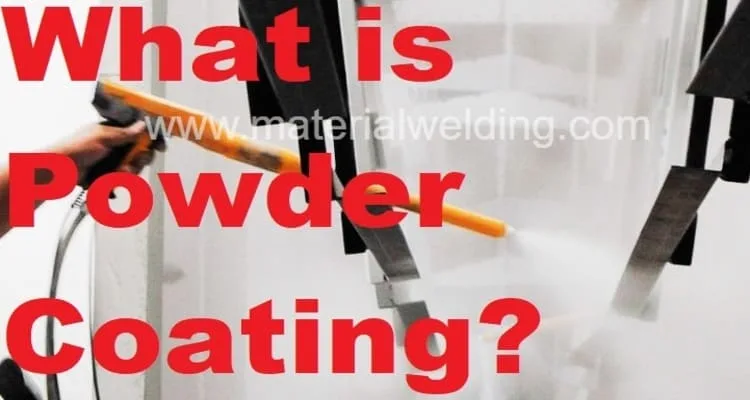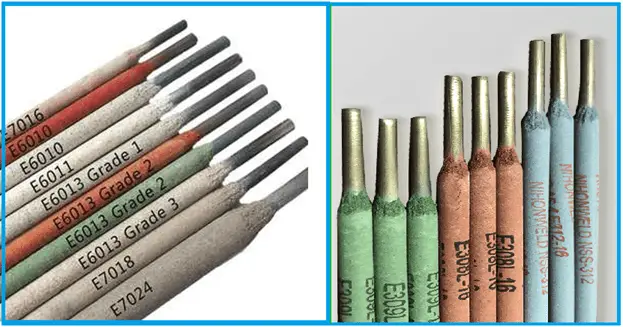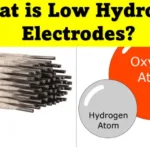Welding Electrodes Coating & Covering
Welding electrodes coating is an important feature of stick welding rods. It plays a vital role in the performance of the welding rod and contributes to better weld quality.
The coating acts as an arc stabilizer, protecting the electrode from oxidation, enhancing its electrical properties, and providing a slag covering for the weld deposit.
The range of coatings used for welding electrodes includes iron powder, cellulose, rutile, titania, and acid. Iron powder coatings provide high current carrying capability and high weld deposition whereas cellulose coatings provide good arc stability and very little to no slag characteristics during welding.
Titanium dioxide (TiO2) coatings provide improved arc stability while silicate-based coatings offer superior bead shape control with low spatter levels during welding operations.
Coated rod electrodes consist of a core rod and a predominantly mineral coating bound by a binder. For unalloyed rod electrodes, unalloyed, soft-core wires are commonly used, and the coating contains the alloying elements for adjusting the strength and toughness properties.
Types of welding electrode coating based on covering thickness
The use of different types of rods and electrodes, each with specific characteristics, can make the welding process easier or more challenging.
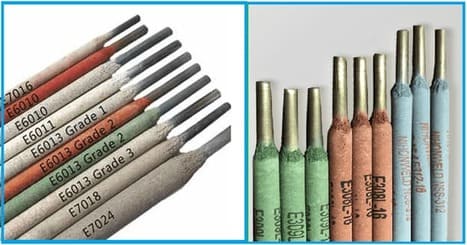
Different types of welding electrode coatings are available based on the thickness of the coating;
- Thin,
- Medium and
- Thick-coated electrodes.
Thin-coated electrode coatings consist of a very minimal amount of flux material applied to the tip of the rod, providing just enough protection from oxidation during welding.
Thick coating electrodes are mostly used for flat welding positions such as E7024 rods. Low hydrogen electrodes are generally having a medium coating.
Welding Electrodes Coating Types
Type C (cellulose coating)
Cellulose-coated rod electrodes are easy to weld in all positions and are particularly suitable for welding in vertical downhill positions.
They contain organic substances, especially cellulose, in their coat. A typical field of application is the drop seam welding of pipelines and large pipelines.
The welding speed, deposition efficiency and penetration are high with cellulose electrodes. Due to the coarse dripping material transfer, the gap-bridging ability of these rods are good.
The seam appearance is coarse-scaled. The Cellulose electrode requires high welding voltages and is therefore not suitable for all welding machines.
Example of cellulose coated electrodes are E6010 (ISO 2560-A: E38 3 C21), E7010 (EN ISO 2560-A: E 42 3 C 25), E7010-A1, E8010-P1, and E6011.
Type B (basic coated electrodes)
Basic electrodes achieve a weld metal with high-notched impact work, especially at low temperatures. The high crack resistance of the weld metal is due to its high degree of metallurgical purity.
The basic electrodes are used, for example, in steels with limited welding suitability or large wall thicknesses.
Provided that dry rod electrodes (re-drying) are used, a low tendency to cold cracking is to be expected. Basic covering rods are suitable for welding in all positions except the drop position. The material transfer with a basic coated rod is coarse dripping.
Types R (Rutile coated electrode)
Rutile-type rod electrodes are used for welding thin sheets and are suitable for all welding positions except the drop seam position.
They are characterized by a less fine droplet transfer. Rutile-coated electrodes are good for sheet metal welding. They can be used with AC and DC both polarities. Their arc starting, and re-ignition characteristics is very good.
The slag is usually self-removable with rutile coating rods. The weld metal hydrogen level is high for rutile covering rods and hence they are not suitable for welding high-strength & thick materials. Examples of rutile coating rods are: E6013 (E 38 0 RC 11), E7024 (38 0 RR 54), and E71T-1 flux cored wire.
Type RB (rutile basic)
Rutile basic or RB is a mixed covering type of rod having features of both rutile and basic coating.
The objective of making mixed coating is to combine the positive features of different electrode coating for improving weld quality.
This type of electrode is characterized by a medium-drip material transfer, good strength and toughness properties and very good position weldability.
In combination with the high deposition performance, this electrode is often used in pipeline and steel construction for forced position welding and root welding.
Examples of rutile basic covering rods are- E316L-16 as well as some modified versions of E6013 and E7018 (modified rods are specially formulated by electrodes manufacturers).
Type RA (Rutile acid covering)
These rod electrodes have a high deposition performance and are very highly current-resistant.
The material transfer is finely droplets, which leads to concave smooth seams and reliable detection of the root point in fillet seams. The slag is easy to remove for these rods.
An example of rutile acid covering is E6020 (E 38 2 RA 13) rod.
Type RC (Rutile cellulose)
The rutile cellulose electrode produces a viscous melt pool. Due to the cellulose content, less slag is produced, so this electrode is suitable for downhill welding of fillet welds in structural welding (not butt seams on pipes).
Due to its universal applicability, it is particularly often used under assembly conditions. Example: E6013 (E38 0 RC 11) welding rod.

